“21 Impressive Tree Images” plus 1 more: Digital Photography School |  |
Posted: 13 Jun 2011 01:03 PM PDT There’s something about trees that gets to me. I’m not sure exactly what it is but something about their shape, majesty, intricacy and symbolism draws me to them as photographic subjects. Today I spent a couple of hours surfing through Flickr, particularly looking for Tree images (some OF trees and others that just include them in some important way). Here’s some that caught my attention – many of which are even more beautiful large (click to see them bigger). Post from: Digital Photography School's Photography Tips. Check out our resources on Portrait Photography Tips, Travel Photography Tips and Understanding Digital Cameras.  21 Impressive Tree Images |
Posted: 13 Jun 2011 07:09 AM PDT One subject that presents photographers with wonderful opportunities but also a lot of challenges is the spider’s web. There’s something about their delicate nature (while also being incredibly strong for their size), flexibility and beauty that draws me to them every time. But how do you photograph spider’s webs? Here are 11 tips to keep in mind: Shoot on a still daySpider’s webs are incredibly light and if there’s even a hint of breath in the air they’re likely to move as you photograph them. This has the potential to not only cause blur in your shot – but also movement will shake off any moisture on them and potentially could even break them. Generally the stillest part of the day is early morning (which is also a great time for finding dew covered webs).Be an environmentally friendly photographerWe’ve covered this topic numerous times here at DPS but it’s worth remphasising. Remember that where there’s a web there’s a little (or not so little) creature that made it.Find a dark backgroundThe backgrounds of all shots are important as they either add to or distract from the shot. WIth spider’s webs it is particularly important to have a plain and preferably dark background. This will enable the web itself to stand out and be the feature of the shot.Narrow your Depth of FieldTo isolate the web further from your plain and dark background choose a large aperture (small ‘f/number’) to give you a shallow depth of field. This will throw your background out of focus.Shoot from head onPhotographing webs from all angles can leave you with interesting results – however getting directly in front of the web and shooting from straight on will enable you to keep the full web in focus as the distance from your lens to all parts of the web will be similar – negating any narrow depth of field you might have. Of course you might also like some shallow depth of field shots (large apertures for these) from different angles to see what effect you can get.Use Manual FocussingSwitching your camera to manual mode is something that most macro photographers find helpful because even the slightest changes in focussing can have a large impact. As webs are so fine even being slightly out of focus can ruin your shot.Tripods PleaseKeeping the web still by shooting on a still day is important – but so is keeping your camera still. The intricate details of a web on a contrasting background mean that camera movement will be very noticeable.Dew on the WebOne of the classic photos of spider’s webs are those with dew or rain droplets on them. The great thing about moisture on a web is that it widens the web slightly and helps it to stand out more clearly. As already mentioned – the best time of day for dewy webs is mornings.Fill Your FrameUse your zoom to get in as close as you can to the spider’s web. If you’ve got a macro lens or macro mode switch to it to help you focus up nice and close. Another framing is to focus upon just a smaller part of the web and the patterns that you see there. In this way you can end up with some real detail and abstract composition.Shoot from both sidesSometimes a web can look quite dull and lifeless from one side while the other side has the light falling upon it in a way that just brings it to life! This will also help you to see the web with a different background.Experiment with a FlashI find that shooting with natural light is generally best – but sometimes adding some artificial light with a flash can light up the web nicely and get some good highlights.note: This post was originally posted in 2009 but has been updated and republished for the benefit of newer readers. Post from: Digital Photography School's Photography Tips. Check out our resources on Portrait Photography Tips, Travel Photography Tips and Understanding Digital Cameras.  How to Photograph a Spider’s Web |

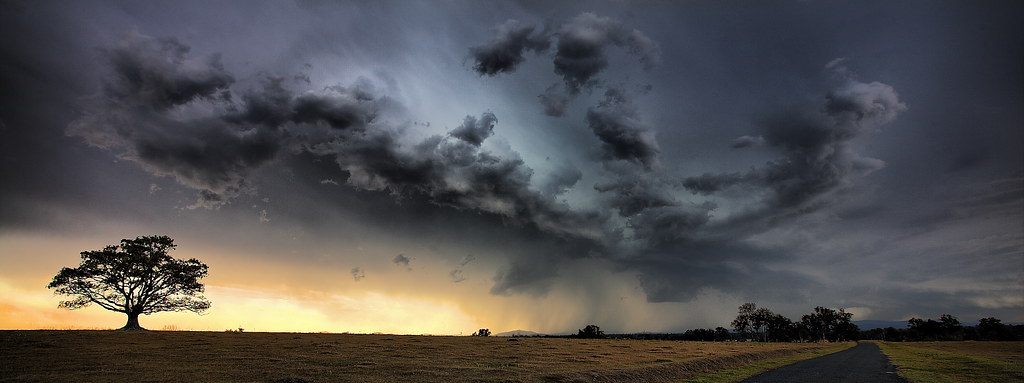

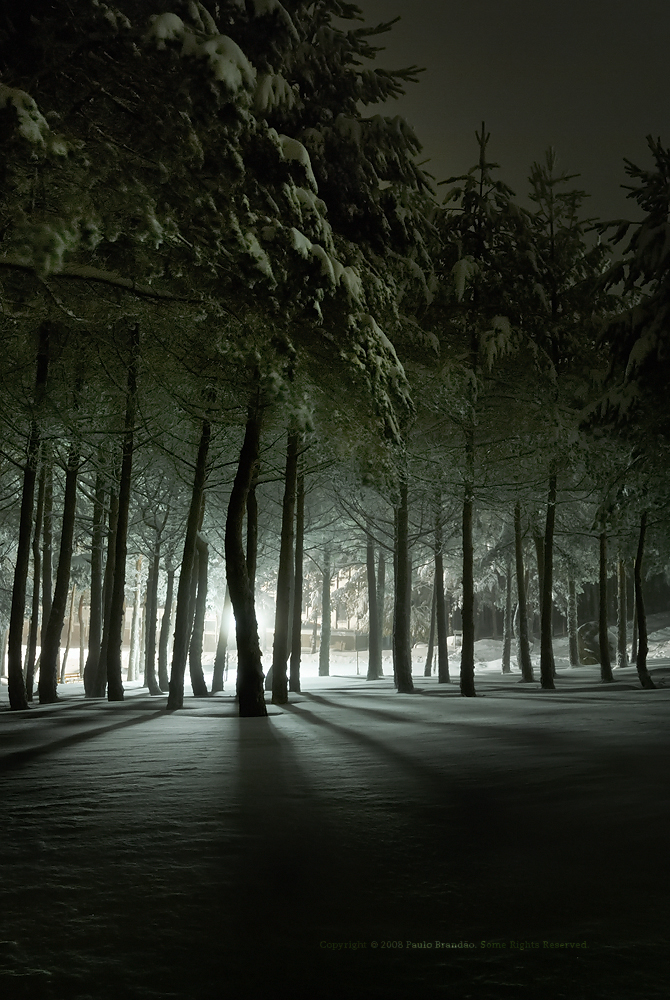
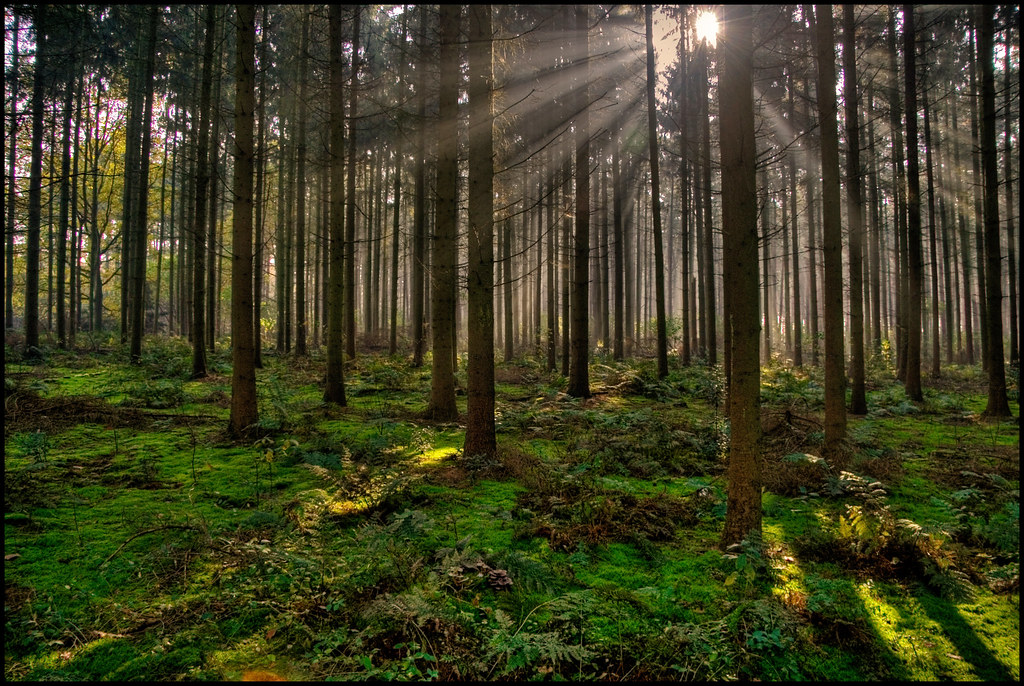
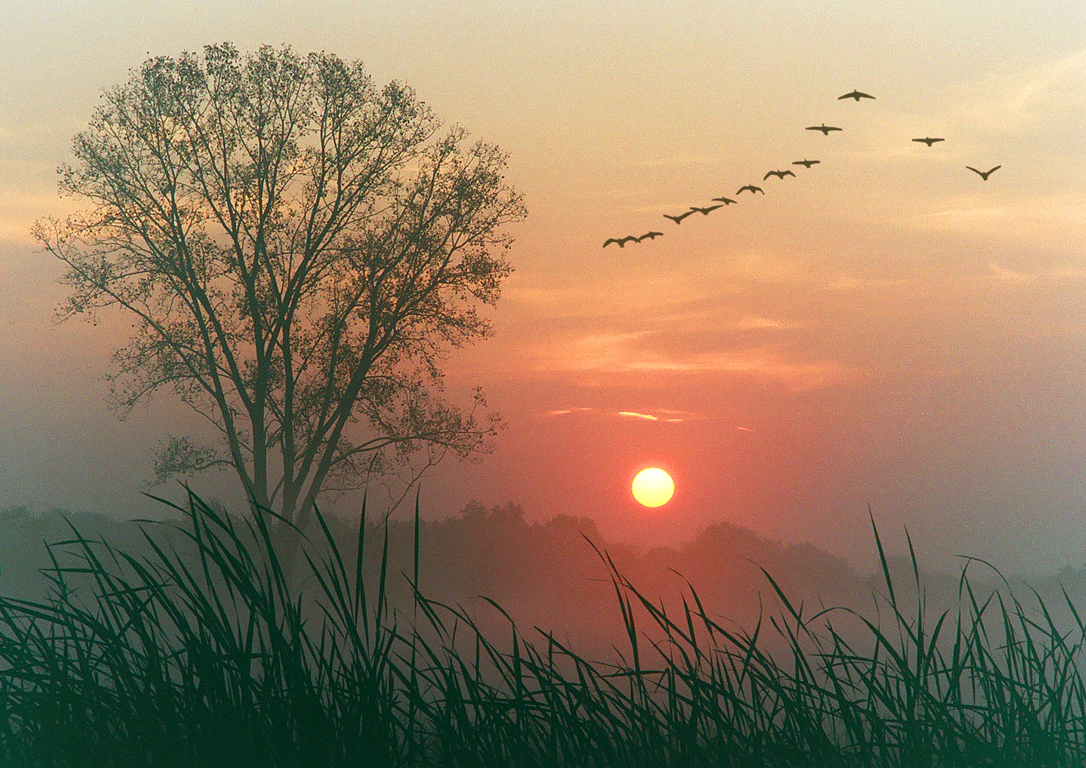


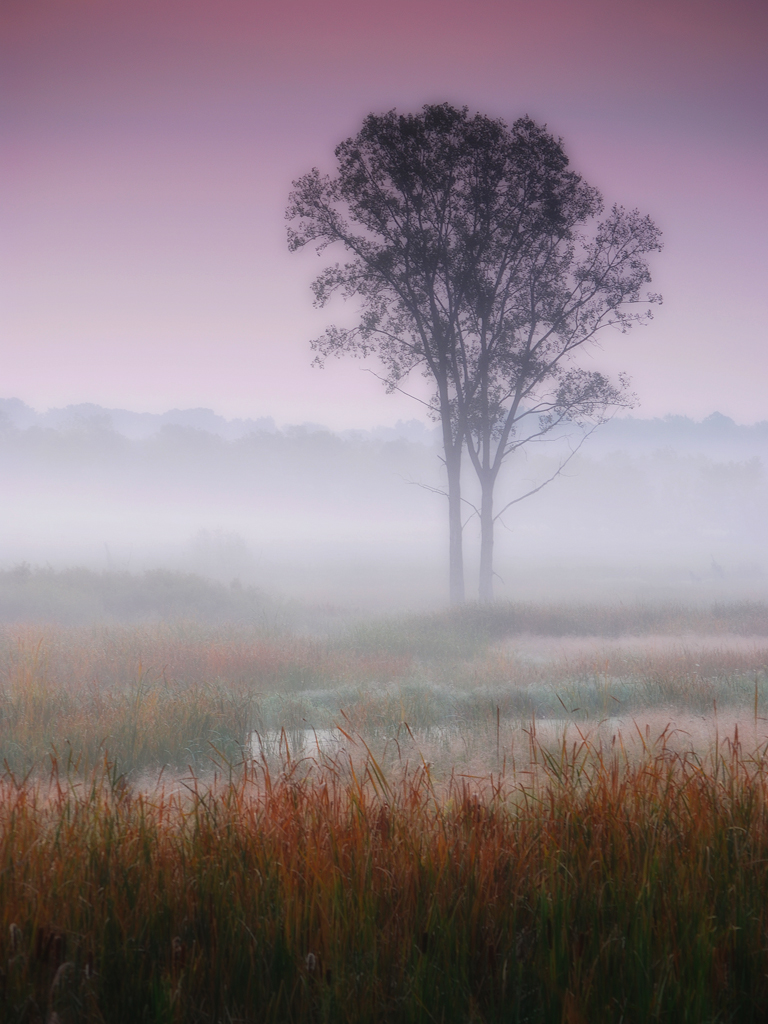

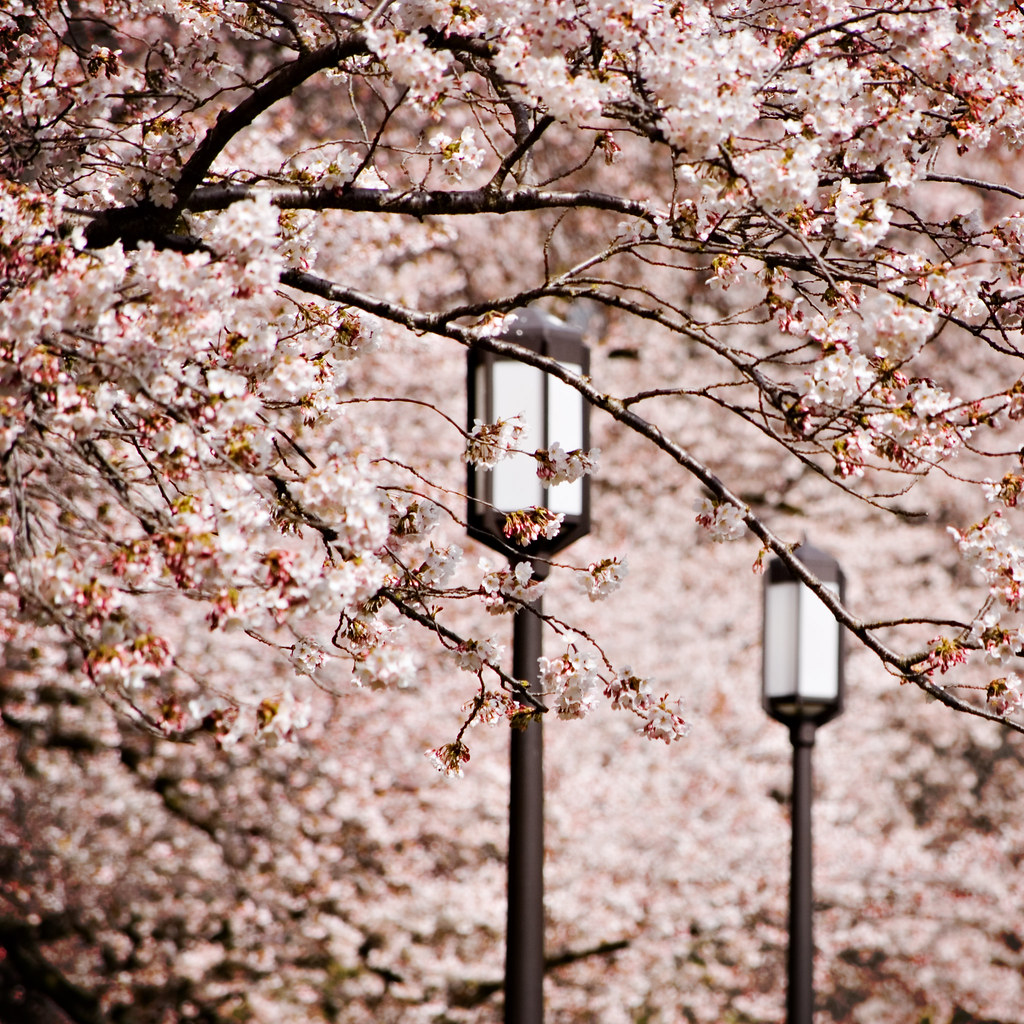

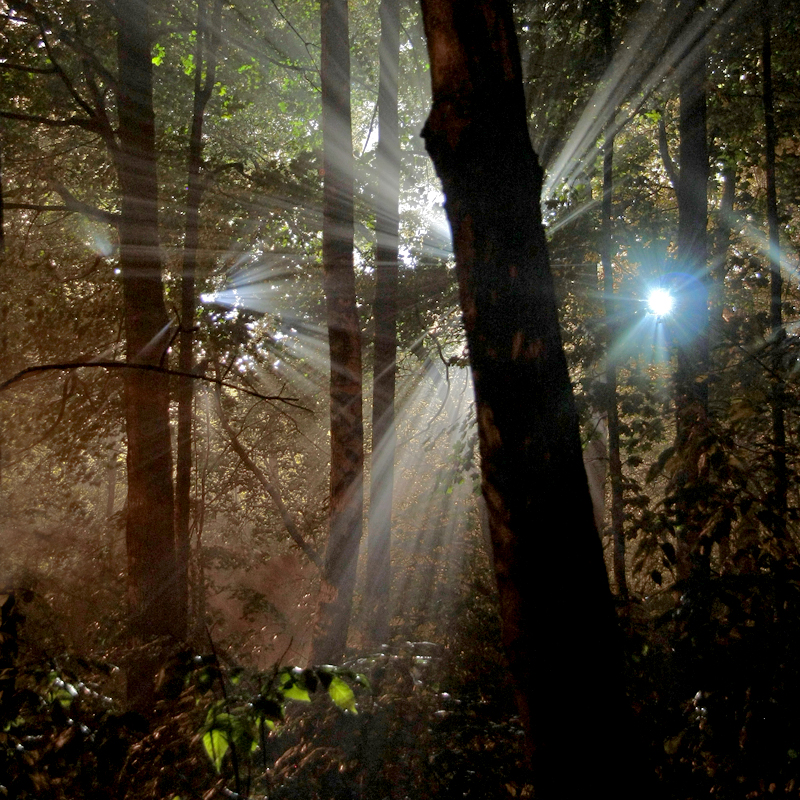
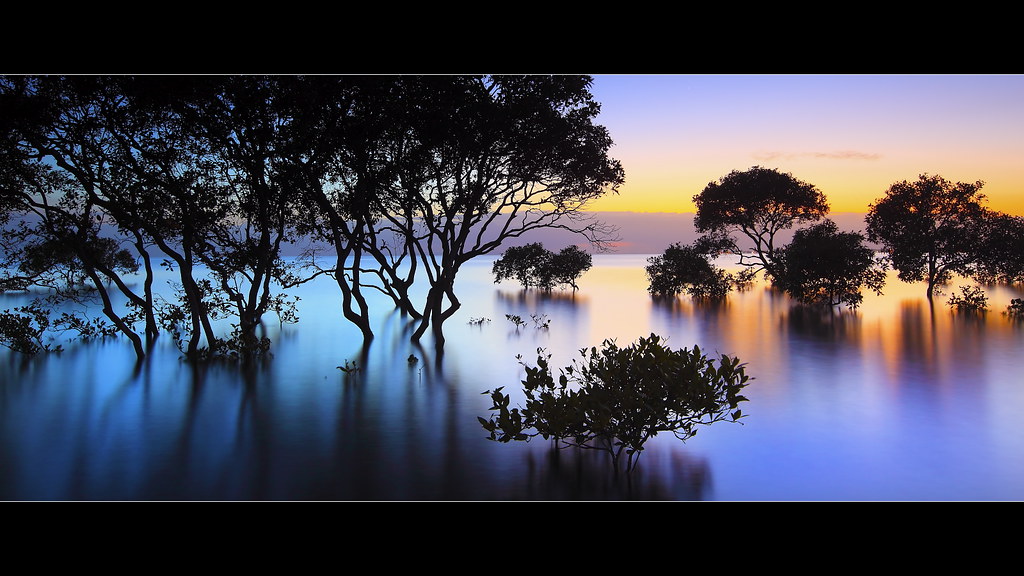



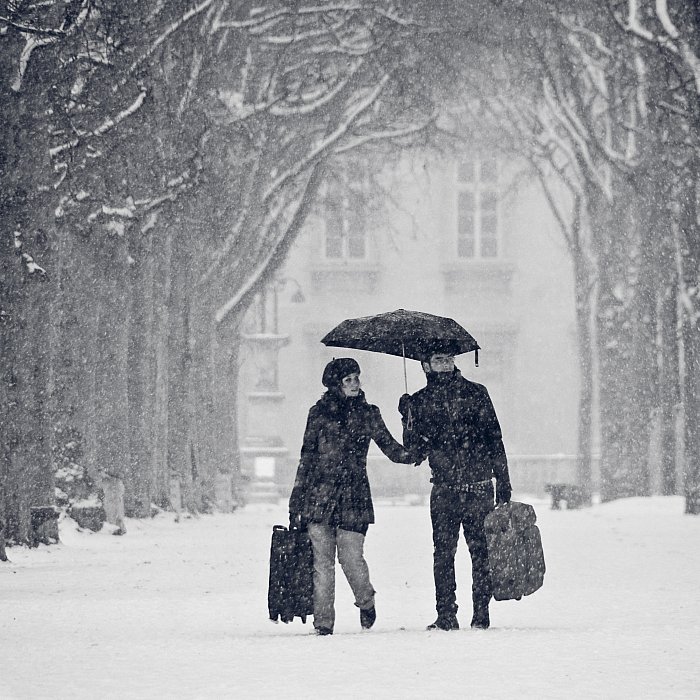

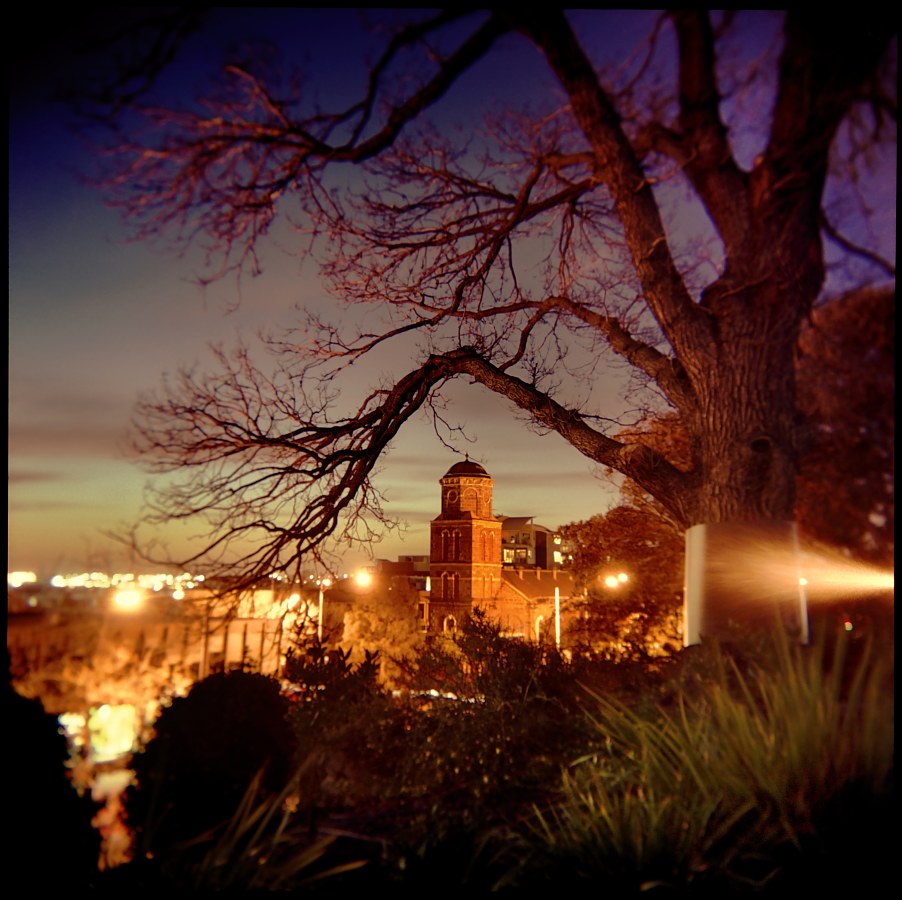

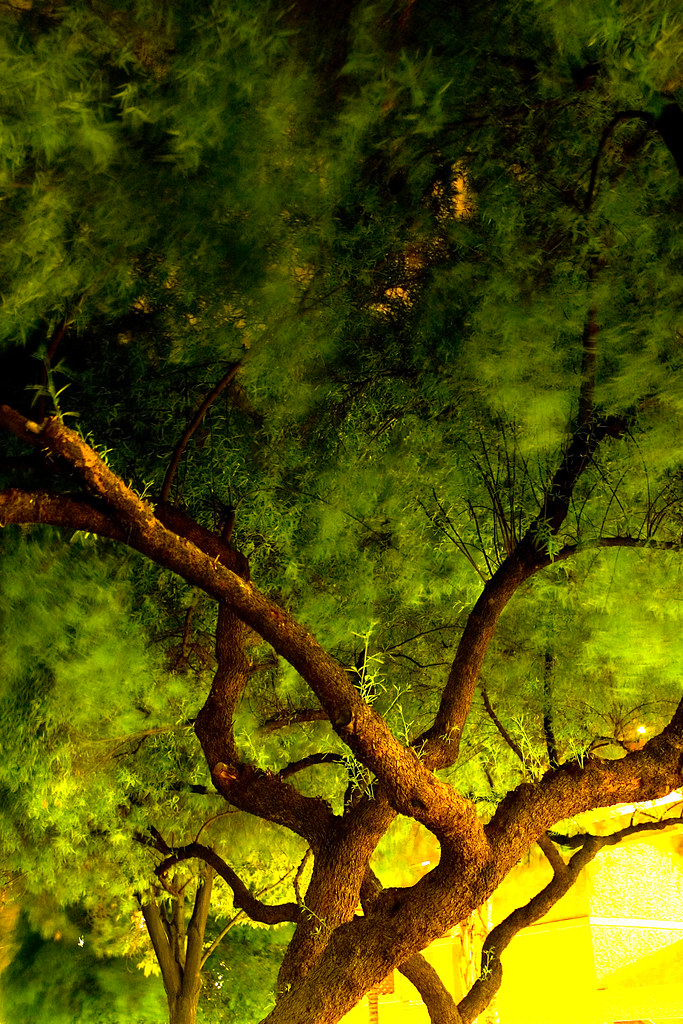
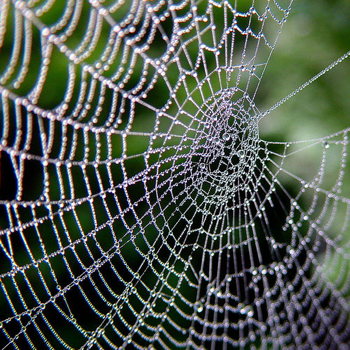
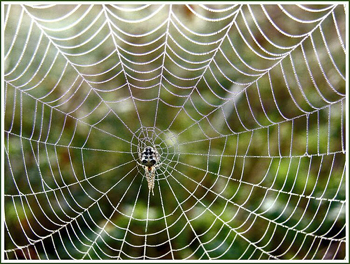
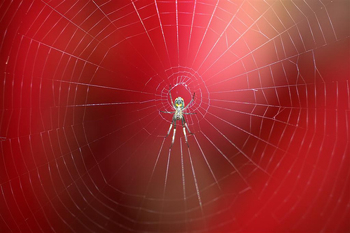

No comments:
Post a Comment